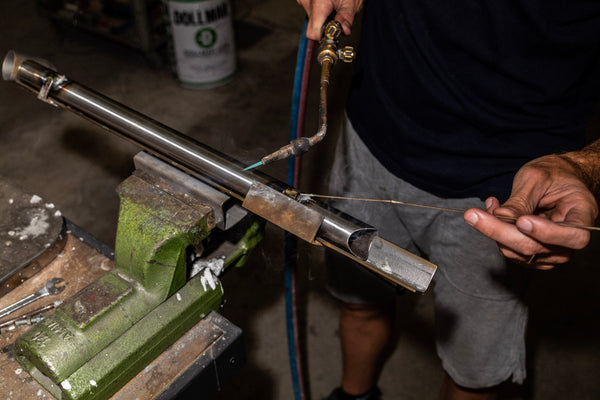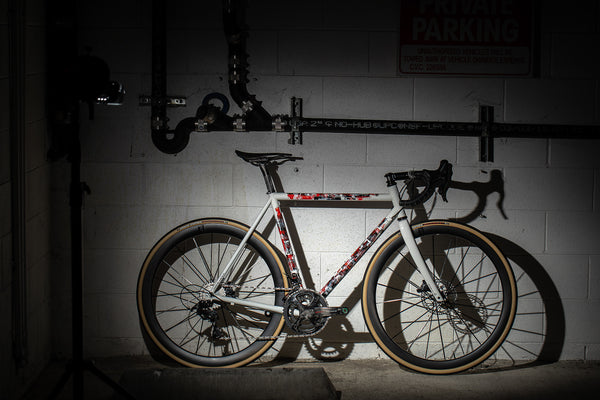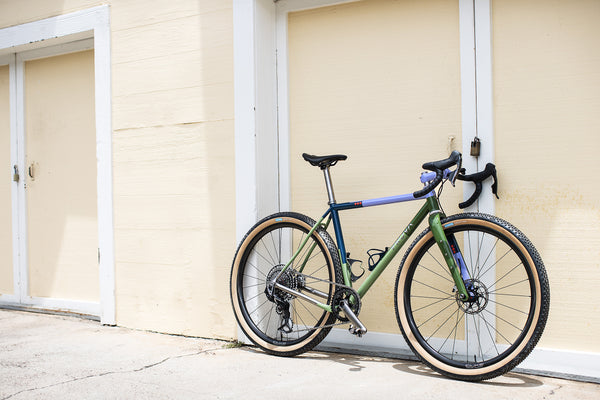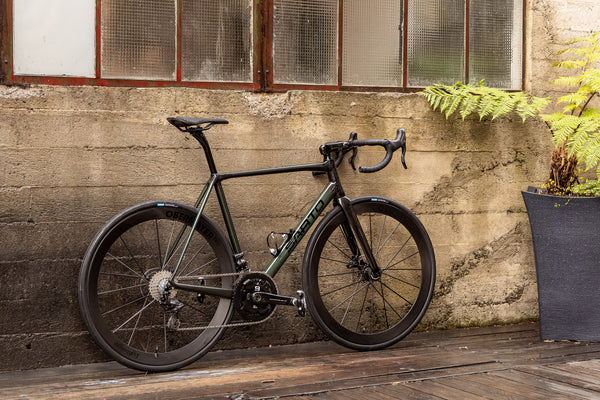
Around the shop here, we're fortunate enough to have our bike fits done by former European pro racer and coach to the stars (he helped Kristin Armstrong win Olympic and World Championship gold), Craig Upton. After Craig helped fit me on a new bike not so long ago, one thing I realized is that his system for mounting cleats onto shoes is 100% spot-on and easy for just about anyone to repeat. Of course we wanted to share it.
To make things easier to follow, we’ve broken the process down into simple steps that we’ll feature in two different blog postings to make the whole thing easier to digest. The plan now is to do take some good photos and put the whole thing into a PowerPoint that will be easy to follow step-by-step.
Before you begin, you’ll want to round up the tools and supplies that you’ll need. They include: your shoes, cleats, screwdriver or hex wrench to tighten or loosen the cleats, a marker like a black or blue Sharpie, a few sheets of 8.5 x 11” paper, a ruler or good straight-edge, a tape measure (smaller is better here), a desk or kitchen chair.
Tools in place, here you go:
Step 1: Sit in a basic kitchen or desk chair and cross one leg over your knee, resting your ankle on the top of the opposite knee. (You’ll do this for both, so it doesn’t matter which you do first.)
Step 2: Pull your big toe back from the front of the toe toward your ankle and wiggle it around. Use your other hand to locate the joint between the back of your large toe bone (or phalanges) and the next bone back in your foot (or your first metatarsal). Once you’ve located the sharp, back edge of your phalanges, move your finger forward to the middle of that bone.
Step 3: With one finger on the middle of the phalanges, take a dark Sharpie or other marker in your opposite hand. Make a mark on the inside of your foot at the same spot that you’ve located the center of the phalanges.
Step 4: Repeat this last step with the other foot. At the end, you’ll have a black mark on the inside of each foot right where the middle of the ball of your foot is located.
Step 5: Stand and take a piece of standard 8.5” x 11” paper (unless your foot is rather long then you’ll need an 11” x 17” paper), place the paper against a straight section of wall. Stand on the paper and locate your heel firmly against wall.
Step 6: Trace completely around your foot with a pen or marker. You don’t need to trace between each toe. Just around the outer circumference of the foot.
Step 7: Take a moment to make a mark on the drawing that corresponds to the mark that is on the inside of your foot, right at the ball of your foot.
Step 8: Trace a line along each side of the toe right next to your big toe—the little piggy that stayed home in nursery rhyme parlance.
Step 9: Lift your foot off the drawing and repeat with the opposite foot.
This is a great place to break our system into another post as we’re about to move from the drawing to fiddling with your shoe.
If all this is a little too difficult to deal with, please call the shop and make an appointment to have Craig help you out.
Start your Build
Since 2006, we've been creating the world's finest dream bikes with our signature approach to custom builds and customer service.
Our Custom Program
AC Everywhere
You can find us just over Golden Gate Bridge in California's Marin County. Can’t come to us? We can bring the bike to you. We craft custom bikes for clients all across the U.S. and the world.
Contact us






Back to Journal